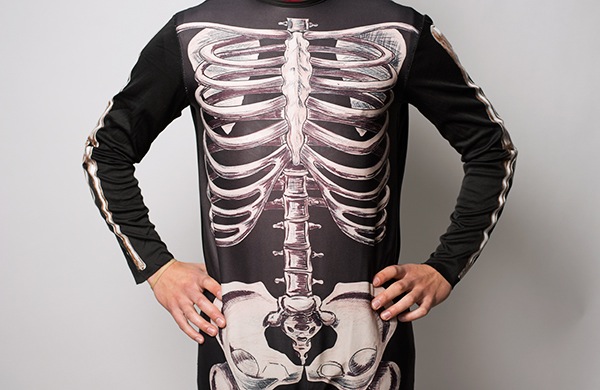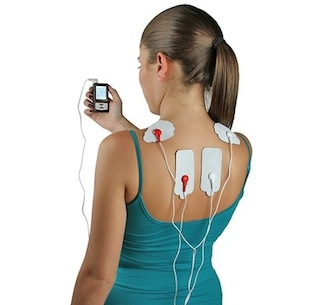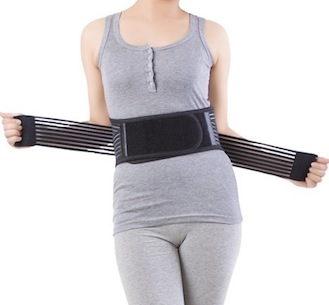
Most people’s knowledge of chiropractic doesn’t go much further than “it has to do with spines, and sometimes it makes a popping sound.”
Dr. Christopher Wolcott has a more nuanced take, though. He’s the board-certified
chiropractor at
Southport Wellness in Chicago, and he’s been in practice for more than a decade. Over the years, he’s also racked up some of the best Yelp reviews of any chiropractor in the city. We chatted with him about how chiropractic care works and why, when you throw your back out, it doesn’t actually help to lie on a hardwood floor.
What happens during a first-time chiropractic appointment?
Dr. Wolcott said that the first appointment always starts with a detailed physical exam, which could include x-rays and MRIs.
What about when you get to the chiropractic part? What’s that like?
In all likelihood, it will include the best-known chiropractic treatment: spinal manipulation. Otherwise known as an adjustment, it’s a quick burst of pressure applied with an instrument or the chiropractor’s hands. Done slowly, it would prompt the muscles around the joint in question to clench in a “guarding response.” Done quickly, though, it can help to improve the targeted joint’s range of motion.
Not all appointments involve spinal manipulation, however. Dr. Wolcott customizes each session to the client, performing treatments that use heating and cooling, laser therapy, stretching and strengthening exercises, and electric stimulation. That last one relaxes muscles with what Dr. Wolcott describes as “a soothing zap.”
Does it hurt?
Not while it’s happening, but you might be sore afterward—especially if it’s your first appointment.
How many times will I have to go back?
“Our average case is about 11 visits,” Dr. Wolcott said, “but that includes cases where we see the patient once or twice and the problem is fixed, and that also includes … chronic cases that we see very frequently.”
What sorts of problems does chiropractic treat?
Most patients come to Dr. Wolcott for “musculoskeletal and nervous-system diseases,” also known as pain. It could be occurring along the spine—headaches and back pain are most common—but it could also be less obviously back-related. Dr. Wolcott said that chiropractors can treat nervous-system issues that manifest as wrist pain or shooting pains down an arm or a leg.
Wait, how would you ever know that your wrist pain had to do with your spine?
“The vast majority of pain cases are insidious, meaning they don’t have an apparent cause,” Dr. Wolcott said. He tries to figure them out by considering the body as a whole whose parts can affect one another. More specifically, he diagnoses insidious pains through the first appointment’s physical, as well as context questions about how patients sleep, how their desk is set up, etc.
What should I do if I want to do something nice for my back but don’t want to go to the chiropractor?
Move around. According to Dr. Wolcott, sitting too much is “one of the worst things we do as a society.” It takes a toll on the entire body, including the back. Go for a run, do some
yoga, or just stand up for a while!
 If my back hurts, will it help to lie on the floor?
If my back hurts, will it help to lie on the floor?
Probably not. “There’s a misconception that firm is good for your spine,” Wolcott said. “Your spine is not dead flat, so laying on a dead flat surface is likely going to be detrimental.” Better to lie on a supportive
mattress—Dr. Wolcott loves memory foam.
Shop Goods for products that may help relieve back pain:
 |
 |
 |
| Massagers |
Memory-Foam Mattresses |
Lumbar Supports |
View our guides to other natural-medicine treatments:
 |
 |
| What to Expect During a Massage |
How Does Acupuncture Work? |






 Most people’s knowledge of chiropractic doesn’t go much further than “it has to do with spines, and sometimes it makes a popping sound.”
Dr. Christopher Wolcott has a more nuanced take, though. He’s the board-certified
Most people’s knowledge of chiropractic doesn’t go much further than “it has to do with spines, and sometimes it makes a popping sound.”
Dr. Christopher Wolcott has a more nuanced take, though. He’s the board-certified 




